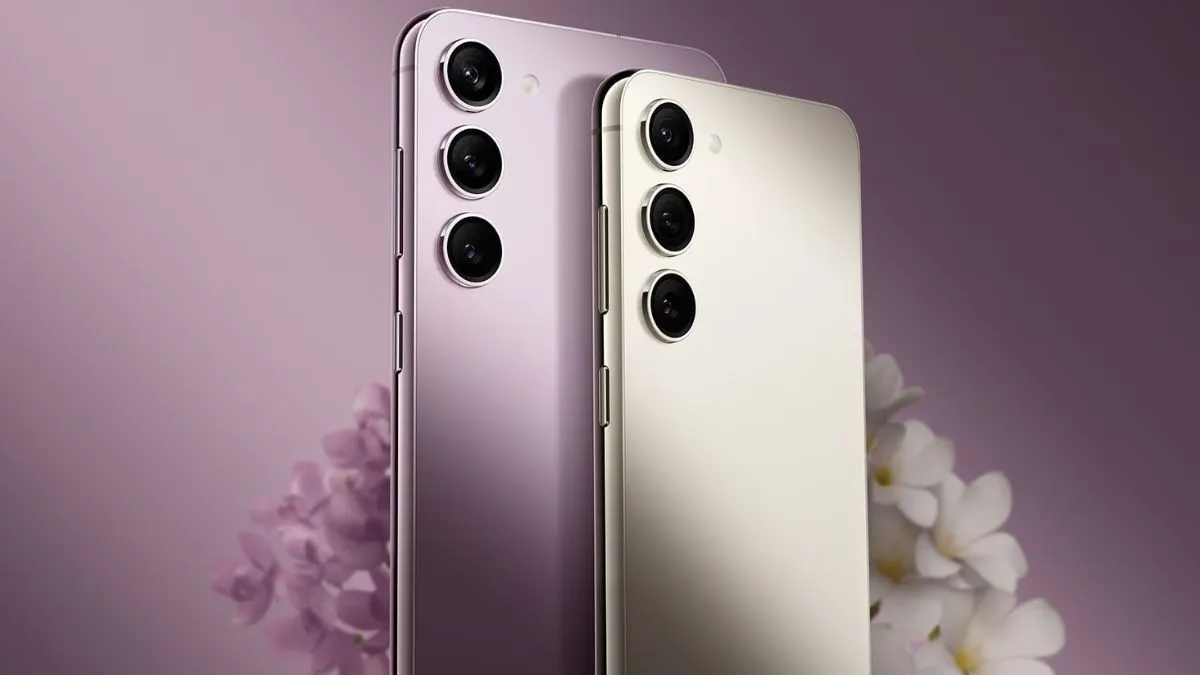
Samsung’s Galaxy S25 series is stirring the mobile industry with significant innovations, especially in camera technology, signaling what many believe could mark the end of the era for small smartphones. This development comes amid growing consumer appetite for devices that offer more immersive viewing experiences and advanced photographic capabilities, which are challenging to implement within the constraints of a compact form factor.
Key Highlights:
- The Samsung Galaxy S25 is rumored to have a launch date in early 2025, following the tradition of annual releases by Samsung, indicating a strategic move towards enhancing features over compactness .
- Significant camera upgrades are anticipated, including improvements in the wide-angle lens, folded telephoto lens with variable capabilities, and an ultra-wide-angle upgrade to 50MP, setting a new standard for mobile photography .
- The Galaxy S25 series, particularly the Ultra variant, will reportedly feature the Exynos 2500 processor, emphasizing Samsung’s commitment to providing powerful performance alongside innovative camera tech.
- Expected pricing for the Galaxy S25 Plus is around Rs. 89,990, hinting at the premium positioning of these devices in the market.
- Enhancements are not limited to the camera alone; the Galaxy S25 is also reported to feature a Snapdragon 895+ 5G processor, a 5050mAh battery, and support for NFC, making it a powerhouse of technology.
The Shift Away from Compact
For years, Samsung’s Galaxy S series has included a base model that offered a relatively compact design compared to the industry trend of ever-larger phones. The current Galaxy S23 is a prime example, boasting a 6.2-inch display. However, reliable sources suggest that the base model Galaxy S25’s display could increase to 6.36 inches.
While a change of roughly 0.16 inches may seem insignificant, it speaks to a larger pattern. Small phones—particularly those with flagship specs— have become harder and harder to find.
The transition towards larger phones has been a trend over the past few years, driven by consumer demands for better display quality and a more engaging multimedia experience. With the Galaxy S25 series, Samsung appears to be taking a significant step forward in this direction. The enhancements in camera technology, particularly the introduction of a folded telephoto lens with variable capabilities and an upgraded ultra-wide-angle lens, are expected to set new benchmarks in mobile photography. These upgrades necessitate larger device sizes to accommodate the advanced hardware, thus potentially phasing out smaller smartphones from Samsung’s flagship offerings.
The Benefits of a Bigger Screen
There are potential advantages to the rumored screen-size increase. More internal space in the S25 could allow Samsung to incorporate a larger battery, improving battery life. Additionally, the extra real estate could translate into improved camera sensors and technology.
What This Means for Consumers
Consumers who value pocket-sized smartphones with top-tier performance may face a shrinking pool of options with the release of the Galaxy S25. Those accustomed to the compact design of earlier Galaxy S models might need to consider other devices or settle for a somewhat larger form factor.
Moreover, the move to equip the Galaxy S25 series exclusively with the Exynos 2500 chipset across all regions underscores Samsung’s confidence in its in-house technology to deliver unparalleled performance. This, coupled with the rumored pricing for the Galaxy S25 Plus, reflects the brand’s focus on catering to the premium segment of the market, where larger displays and cutting-edge technology are often expected.
As the launch date of the Galaxy S25 series approaches, anticipation builds for what could be a defining moment in the evolution of smartphones. With each new leak and rumor, it becomes increasingly clear that Samsung is not just pushing the envelope in terms of technology but also shaping consumer expectations towards larger, more capable devices. If these trends continue, the days of small phones may indeed be numbered, replaced by a new standard that prioritizes screen real estate and photographic excellence above compactness.


















